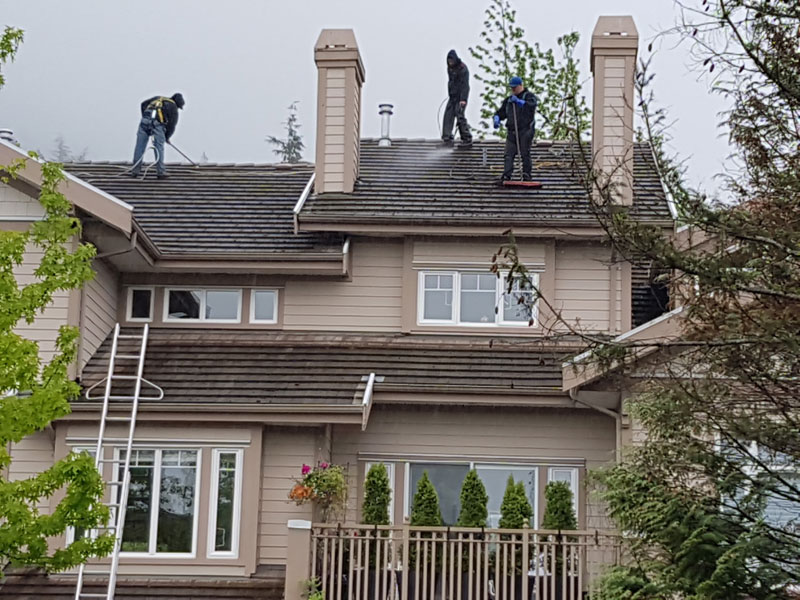How Often Should You Perform Roof Maintenance?

Summer is peak roofing season in climates like Vancouver. Ultimately, roofing work needs to be done when the weather is cooperative – while emergency repairs and other roofing projects can be scheduled year-round, the challenges posed by inclement weather make the work considerably more expensive. Even still, large roofing projects and roof replacement is done when the weather is fine. As you can imagine, when it comes to the condition of your roof and the effect on your bank account, scheduling major repairs and roof replacements for the summer is ideal. So with that in mind, it’s important to understand the importance of regular roof inspections and regular roof maintenance.
Roof inspections should be done at least once a year, but most roofing professionals recommend inspections before and after the most inclement weather seasons. In Vancouver, that usually means having inspections at the end of summer and the end of winter. Regular inspections ensure that your roofer can identify signs of damage that need to be addressed to prevent more serious damage that can develop into serious leaks that can compromise not only the integrity of your roof but may also put the contents of your home or building at risk.
Identifying more minor signs of roof wear and tear early means that roof inspections allow you to schedule roofing repairs at a convenient time and when costs are more manageable. Your roofer will inspect shingles, look for signs of moss or algae growth, check for damaged waterproofing, assess gutters and roofing fixtures, and also evaluate the potential damage caused by trees or other natural factors. After the inspection, your roofer will make recommendations for repairs or preventative measures such as removal of overhanging branches, clearing moss, and repairing gutters.
Building managers and homeowners can also participate in regular inspections by checking for damage to roofing materials. You needn’t necessarily get up on your roof unless you have the appropriate safety equipment and roofing access. You can also look for signs of roofing damage from inside a building. Discolouration on ceilings or walls, peeling paint, or mold growth can all be signs of roof damage. Contact a roofer immediately if you notice these internal signs of potential roof leaks.
Your roofing inspections should always be followed by the regular maintenance. As your roofing professional identifies maintenance concerns such as damaged materials or organic hazards, you must follow-up on the maintenance recommendations. Regular inspections and maintenance will keep your roof in optimal condition so that it lasts longer and protects your building and contents effectively. Plus, regular maintenance will save you money over time by addressing minor problems before they progress to major roofing repairs or replacement.

